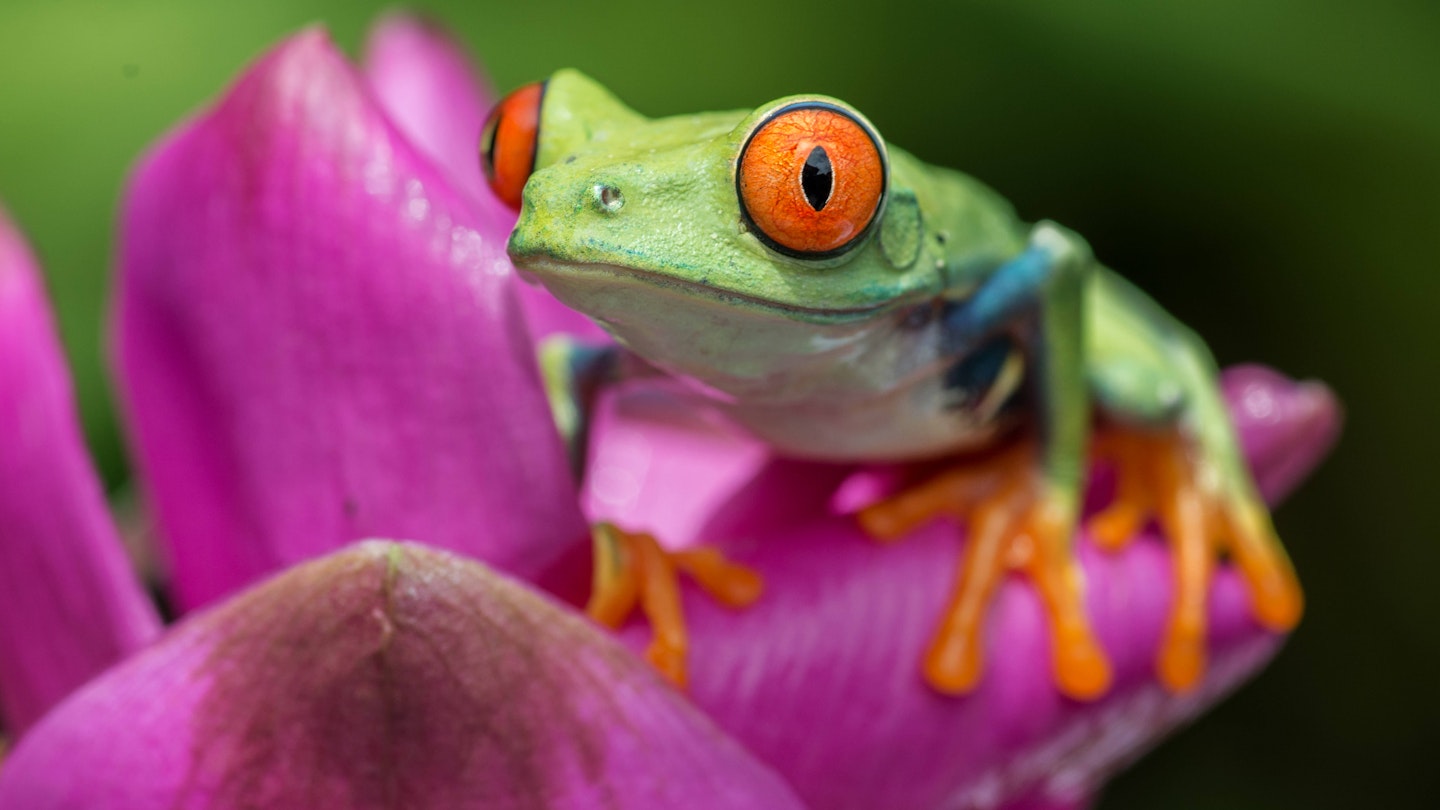Protecting Wildlife Through Ethical Travel and Technology
Achieving ethical travel goals has become a pressing ambition for many of us who wish to protect our vulnerable environment while still exploring the world. We are now acutely aware of how our carbon footprint impacts the planet and how our daily recycling and commuting behaviors contribute toward the bigger green picture.

Tourism has been partly blamed for contributing to the endangered status of many of the world’s beautiful wildlife; however, there is a counter argument for finding responsible excursions and projects to take part in that may actually help minimize the damage being done.
While the future of many living organisms is at risk if human activities continue to place the same demands on the earth, these ethical travel projects help drive awareness among policymakers—and tourists in general—about the difficulties many species face.
This education encourages travelers to “do more” when they return to their own homes. Knowledge, as they say, is power.
The Technology
The loss of wildlife species is currently estimated to be at least 1000 times higher than natural extinction rates. In better news, artificial intelligence (AI) and continuous advances in technology are allowing governments, organizations, and individuals to work toward a cleaner planet; on land, in the air, and in water.
Machine learning, data mining, smart sensors, image-recognition algorithms, remotely piloted aircraft, and smart measurement devices are just a few developing tools that can be used to combat one of the greatest challenges facing our world today: sustainability.
Organizations committed to wildlife conservation have been using these tools to improve the efficiency and effectiveness of numerous programs and projects. These innovations have been designed to combat the pressures from unsustainable human activities that contribute to over-exploitation, climate change, and habitat loss.

The Figures
According to a landmark report from the United Nations’ Intergovernmental Panel on Climate Change (IPCC), future damage from rising seas and melting glaciers is inevitable. Notably, close to 6.6 billion tons of seafood has been taken from our oceans since 1950, while nearly 200 million people depend on coral reefs for protection against storm surges and waves (WWF figures).
However, the “Special Report on the Ocean and Cryosphere in a Changing Climate” offers hope that the world can still stem the damage being done to corals and other marine life if they act now. The Living Planet report, published by the World Wildlife Fund (WWF) every two years, has shown that wildlife populations have decreased by 68% globally between 1970 and 2016.
According to WWF President and CEO Carter Roberts, this report tracks a representative set of animals and the pressures humanity places on the planet, both of which continue to trend in the wrong direction. “We are losing species, in some cases at an accelerated rate, and humanity’s demands exceed what the planet can sustain,” Roberts states.

The Action
The ability to measure, track, and assist in protecting wildlife species is becoming more accessible and effective as companies and scientists leverage the technology available. Seattle-based Snow Leopard Trust is a nonprofit group committed to protecting the endangered snow leopard in regions such as China, Kyrgyzstan, India, Mongolia, and Pakistan.
Partnering with Microsoft, the organization uses an AI solution to improve data collection from remote cameras, enabling them to identify snow leopards from other triggered animals and classify thousands of photos in minutes.
Smart collars are another innovative method being used for tracking the behaviors of land animals. While traditional collars have raised concerns about data privacy, organizations such as Save the Elephants argue that these collars can actually outsmart poachers by providing real-time feeds that indicate when the animal feels threatened or enters dangerous areas.
This technology empowers rangers to act quickly, guiding elephants away from harm and potentially leading to the apprehension of poachers. Whether employing miniature backpacks or utilizing gene sequencing to tackle the Tasmanian devil’s facial cancer crisis, AI is making these solutions possible.
A notable project is New Zealand’s Kakapo Recovery Program, where scientists work tirelessly to protect the kakapo, a parrot species nearing extinction, utilizing fitness trackers and even drone technology to ensure successful reproduction.

When examining our oceans, we find indeed a realm of innovation. OceanMind, for example, assists authorities and seafood buyers in ensuring fishing compliance globally. With advanced technology for detecting “dark vessels,” real-time alert systems, and enhanced supply chain transparency, the nonprofit’s mission is clear: protect the world’s fisheries.
The Zoological Society of London is taking a different approach to water wildlife conservation. Scientist Karina Acevedo-Whitehouse is developing a non-invasive method for collecting samples from whales to evaluate their health using remote-controlled helicopters to capture whale snot from the ocean’s surface.
The Future of AI and Conservation
As the world becomes increasingly aware of humanity’s environmental impact, technology will play a crucial role in halting the loss of wildlife. The organizations mentioned above represent only a fraction of the AI-related activities aimed at counteracting potential destruction. The technology that many feared might threaten jobs could, in fact, help save our planet.
This article was originally published in September 2019 and updated in September 2020.




